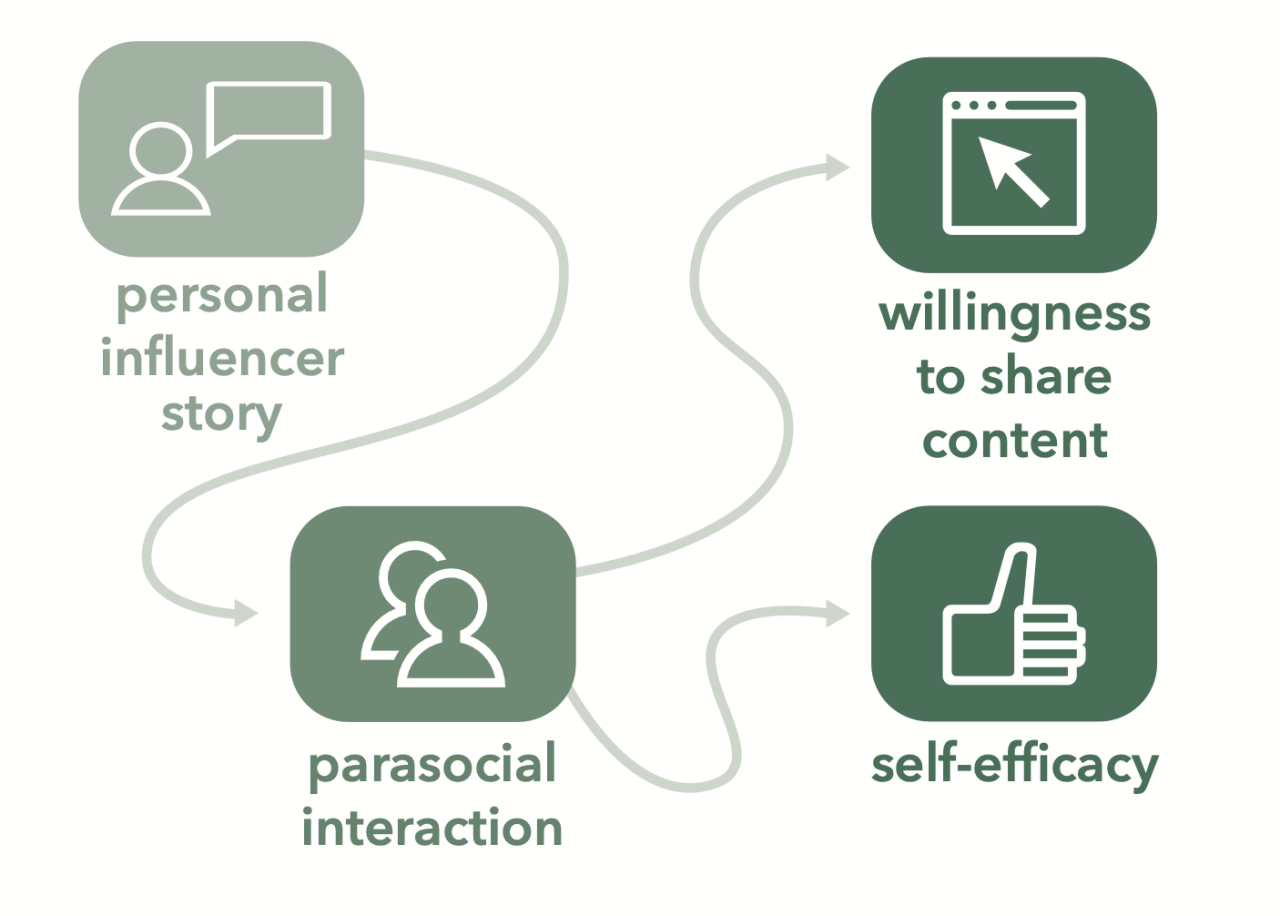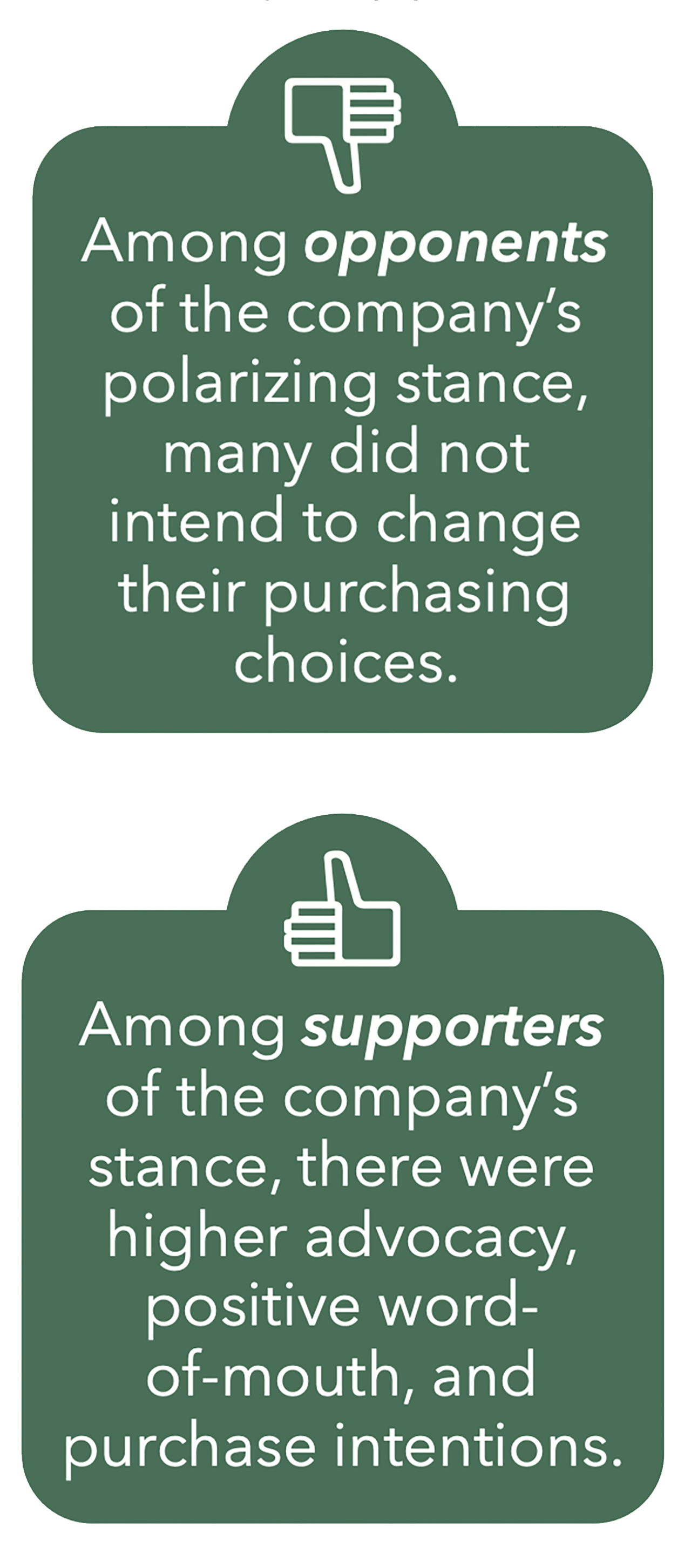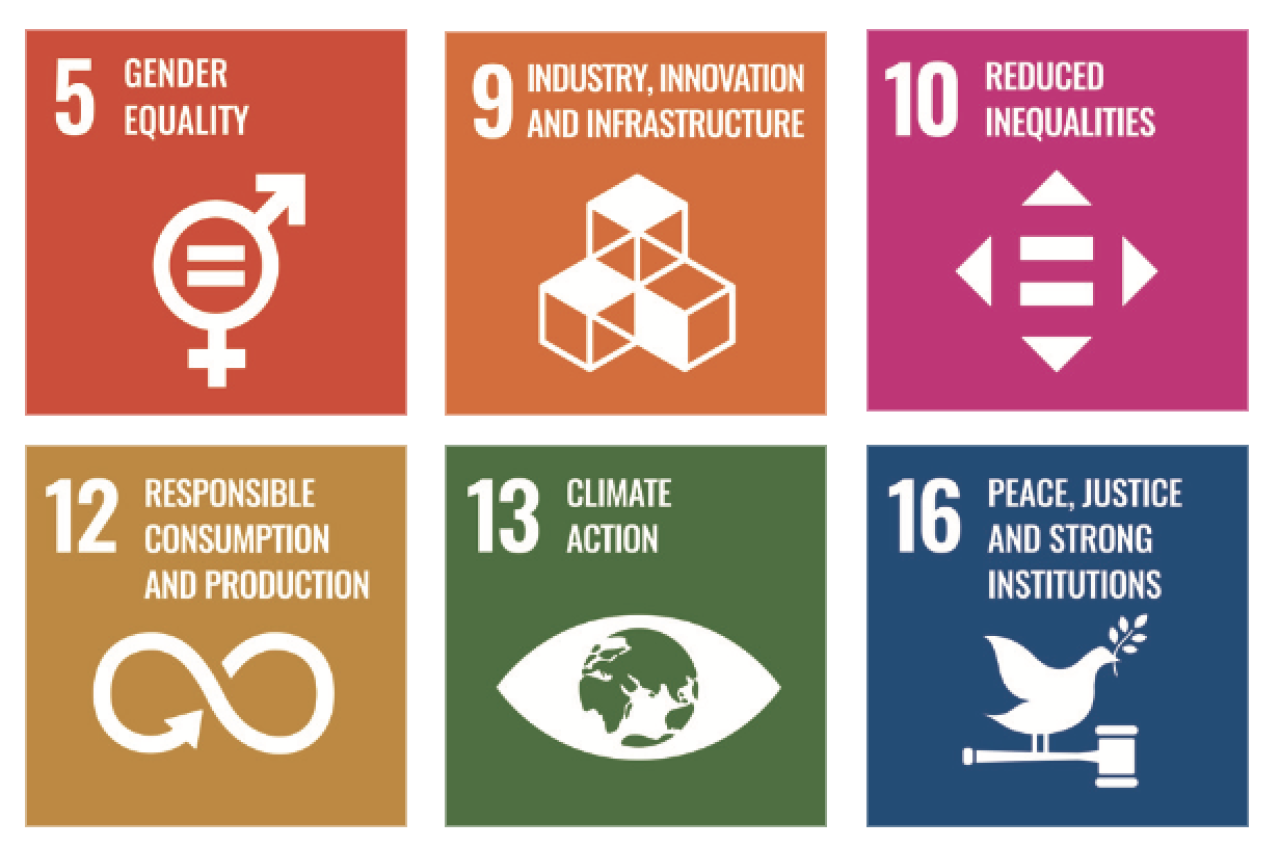- Skip to a Section
- Introduction
- Top 10 Insights
- Report Sections
- PDF Download
- 2024 Sponsors
Letter to Readers
Few topics are as universal as sustainability. From day-to-day decisions to long-term strategic plans, a principled approach to being sustainable is crucial. Of course, for communicators, sharing sustainability efforts can be challenging but, in today’s volatile media environment, doing so clearly and ethically is as important as ever.
Thank you for your interest in the Arthur W.
Page Center and our work on sustainability
communication. From the start, we knew we’d
need a diverse selection of studies to tackle
such a wide-ranging topic. Out of a large
group of submissions, we made a concerted
effort to choose projects that had unique
perspectives.
From advertising to apps to corporate communication to influencers to news media, each of these 12 projects builds a better understanding of how to effectively and ethically communicate sustainability. We believe the research featured in this Insights Report will help guide strategy and facilitate behavioral change at every level.
Many thanks to the Page Center scholars who conducted the research and helped us create this important document. We hope the work of our scholars boosts awareness and inspires action.
Top 10 Insights
Page Principle 1: Tell the truth.
1 Combat misinformation proactively.
Preemptively addressing misconceptions can be a powerful strategy for companies when communicating about environmental topics like greenwashing. Through the concept of prebunking, organizations can bolster an audience’s willingness to amplify truthful messages and their actions toward products. This helps to ensure that messages resonate authentically, thereby strengthening trust and encouraging truthful engagement.
Page Principle 2: Prove it with action.
2 Walk the talk.
When companies take a stance on contentious issues like environmental justice, they can impact public opinion and civic action. By taking authentic issue stances with a clear call to action that go beyond the impact on the corporate bottom line, companies can successfully motivate public action toward issues.
Page Principle 3: Listen to stakeholders
3 Don't take a cookie-cutter comms approach.
When communicating about sustainability practices, recognize that various stakeholder groups need different messaging. Segment audiences to understand their interests, concerns, and involvement with specific environmental issues.
4 Champion inclusive dialogue.
Be deliberate about diversity and inclusion efforts. Connect across ages, genders, nationalities, and politics by using nonpartisan terminology.
Page Principle 4: Manage for tomorrow.
5Anticipate public reaction.
When communicating about controversial environmental issues, be aware of potential backlash, and understand that stakeholders often separate issue disagreement from their actual behaviors.
6 Empower influencers as advocates.
Influencer partnerships can lead to behavior change. Sustainability influencers can share personal stories and build connections with audiences around sustainability messages to boost engagement and encourage sustainable behavior.
Page Principle 5: Conduct public relations as if the whole enterprise depends on it.
7 Embrace employee partnerships.
Collaborate with employees to implement sustainability initiatives. Communicate thoroughly about the values, goals, and vision of sustainability initiatives; lead by example; and engage in two-way dialogue to incorporate employees’ feedback.
8 Emphasize community impact.
Companies could benefit from localizing sustainability communication to demonstrate how they are helping the communities around them. This helps with cultivating trust and relationship-building.
Page Principle 6: Realize an enterprise's true character is expressed by its people.
9 Make sustainability your company DNA.
Level up your employee partnerships to enhance pro- environmental behaviors in the workplace through dialogic communication and a demonstrating a consistent, long- term commitment to initiatives. When employees are motivated by their employer’s efforts, they are more likely to actively engage in pro-environmental behaviors at work.
Page Principle 7: Remain calm, patient and good-humored.
10 Respond (not react) constructively.
When companies are depicted in the media as harmful, companies should rebuild trust by building partnerships, prioritizing transparency, and offering more contextual information about their sustainability efforts.
Exploring Interventions for Publics Susceptible to Disinformation
How can prebunking inoculation messages effectively counter the adverse effects of disinformation-based greenwashing on different publics?
Takeaways
- Prebunking-based inoculation-based can be a valuable tool with receptive audiences.
- A prebunking-based inoculation positively impacted perceptions of message effectiveness and motivation to think about greenwashing further while reducing intentions to purchase greenwashed products and share greenwashing content.
- Practitioners should prioritize strategies that champion a nuanced and targeted approach. Crafting messages to resonate with unique characteristics of each lacuna public is imperative.
.5%
Amplifying disinformation
17.4%
Receptive to disinformation
23.1%
Vulnerable to disinformation
59%
Immune to disinformation
Connecting with Influencers for Sustainable Behavior Change
How can influencers best connect with audiences to encourage sustainable behavior change through sponsored content?

Takeaways
- Organizations can take full advantage of influencer partnerships by offering influencers the opportunity to share personal stories in sponsored posts.
- Sustainability influencer content that showcases influencers’ unique voices can support audience confidence for enacting environmentally friendly behaviors while boosting engagement with sponsored messaging.
- When influencers build a connection with an audience around a sustainability message, the audience is more likely to adopt a recommended behavior.

Comparing Reactions to Racial & Environmental Justice Messaging
Does environmental justice function similarly to other corporate social advocacy issues, such as racial justice? How do consumers respond to company stances they disagree with?
Takeaways
- For companies engaging in CSA, it is vital to focus on the moral aspect of campaigns.
- Being genuine, transparent, and aligned with stakeholder values helps gain public support.
- CSA efforts perceived as insincere or morally dubious can backfire, so clear and ethical communication about these initiatives is essential for success.
How Sport Stewardship Communicates Sustainability
How do motorsport organizations communicate sustainabilitypractices, manage different stakeholder relationships, and promote the Sustainable Development Goals (SDGs)?

Sport is considered an important vehicle for accomplishing multiple SDGs.
Takeaways
Sustainability consists of real, tangible actions that:
• promote new technology
• benefit the auto industry,
• reduce the sport’s carbon footprint
Sustainability communication has three key priorities:
• it must be proactive
• it should be authentic
• it needs to demonstrate long-term
and strategic commitment to
addressing climate issues
Various stakeholder groups need different messaging (e.g., using different terms such as “environmental conservation,” “reducing carbon footprint,” or “combatting climate change”), especially when segmented by age. Interviewees said young adult fans in particular were vocal supporters of sustainability.
Social sustainability, known as DEI efforts, naturally aligned with environmental sustainability initiatives.
Media Coverage of Corporate Sustainability Matters
How does media coverage of corporate sustainability on social issues affect consumers’ attitudes and word-of-mouth behavior?

Expectations for a company to be involved in a social sustainability issue.
Takeaways
- Positive media coverage of corporate sustainability can enhance favorable attitude and word of mouth toward the company.
- Corporations’ engagement in divisive social issues and earning good media publicity help affirm the public’s certainty about their relationship with the company.
- Corporations can use social sustainability issues as a differentiation mechanism to further earn media publicity and boost perceptions of their authenticity.
Promoting Pro-Environmental Behaviors in the Workplace
How can corporations collaborate with employees to effectively implement sustainability initiatives?
Internal sustainability branding is a comprehensive effort that includes strong communication with employees.
Takeaways
- Thorough communication is key. In addition to providing orientations and rewards for employees, communicating the values, goals, and vision of sustainability initiatives is critical.
- Lead by example. Leaders envisioning, inspiring, and taking proactive actions helps employees understand green values and workstyle and motivates them to achieve goals by engaging in pro-environmental behaviors.
- Listen and dialogue. Two-way dialogue, seeking and responding to employees’ opinions, and incorporating their feedback are ethical ways to better communicate environmental initiatives.
Portrayals of Corporate Sustainability in Hispanic & Black Media
How do U.S. media outlets focused on underrepresented communities discuss companies’ environmental sustainability efforts?
Takeaways
- Companies could benefit from localizing sustainability
communication to demonstrate
how they are helping (or at least not harming) communities around them. - In light of legacies of harm and distrust among underserved and disproportionately impacted communities, companies should rebuild trust by diversifying sustainability messaging and building partnerships. This may help repair trust and avoid villain characterizations.
- Providing more contextual information around sustainability efforts and prioritizing transparency in response to mistakes may help avoid over- simplified framing (e.g., villain framing) and maintain community relationships.
Leveraging Technology for Sustainable Habit Formation
How can mobile apps promote eco-friendly behavior change among Gen-Z?

Takeaways
- Mobile apps can help bridge the gap between pro-environmental attitudes and enacting personal behaviors for Gen Z. Consistent use of eco-apps can help users learn about sustainability issues and build environmentally friendly habits.
- Strategies that foster empathy
and hope, like the use of animal ambassadors, can strengthen feelings of responsibility and commitment to environmental action without making users feel shamed.
Communicating for Economic Benefit & Environmental Impact in Indonesia
How can waste reduction programs build relationships with local communities & women’s groups to achieve sustainable outcomes?
Takeaways
- Corporate sustainability communication is about co-creation between a corporation and the public.
- The social learning process offers
an alternative approach toward pro-environmental behavior. Social learning emphasizes the importance of observing, modeling, and imitating the behaviors, attitudes, and emotional reactions of others.
The United Nations-BTS Partnership: Activating Fan Activism for Sustainability
How can nonprofit organizations achieve their sustainability
communication goals by effectively partnering with celebrities and
engaging celebrity fandom?
56%
agreed to sign a sustainability petition
55%
were willing to make a donation
65%
reported positive attitudes on the UN
Takeaways
- Aligning celebrity endorsements with nonprofit organizations strategically can enhance authenticity and effectiveness in mobilizing fan advocacy efforts.
- Leveraging online platforms for advocacy requires consideration of factors such as celebrity credibility and fan identification to optimize engagement.
- Acknowledging the influence of participatory fandom culture on advocacy underscores the need to foster a supportive and inclusive fan community to drive meaningful action.
Communicating Unequal Impacts of Environmental Issues
How can nonprofit messaging about racial disparities enhance
support for clean air initiatives?
Although past research has examined effects of disparity messages, little work has considered who opts to view such content. Studying choice exposure is important in our high choice media environment.
Takeaways
- Framing environmental health
messages in terms of inequality may
result in preaching to the choir of
already impacted or well-informed
stakeholders. Instead, practitioners
may use a Trojan horse approach
to frame content for broader appeal while embedding disparity information near the end. - Strategic communicators should use targeted messaging strategies known to be effective for a particular group, such as emphasizing Christian values in messages framed around children’s health.
Segmenting Publics for Sustainability Communication
How do different audience
segments engage with
environmental topics and how
do they connect environmental
issues to one another?
48%
Climate change
54%
Pollution
49%
Waste disposal
Takeaways
- Organizations and campaigns should segment audiences to understand their interests, concerns, and involvement with specific environmental issues in order to communicate most effectively.
- People’s beliefs about different environmental issues can be connected. Thinking about these connections as problem networks and examining the interconnections can help communicators design messaging that taps into the broader context of issues and better engage audiences.
Read the Full Insights Report
The 2024 Insights Report on sustainability communication was created by Holly Overton, associate professor at the Donald P. Bellisario College of Communications at Penn State, and Cassandra LC Troy, assistant professor in the Department of Journalism at University of Illinois Urbana-Champaign
The report is a significant part of the Page Center’s mission, which is to enhance ethics and integrity in public communication. We do that by translating the work of our scholars into practical and useful information. The 12 projects in this book integrate scholarly work with the needs of the profession and provide a foundational understanding of ethics for every level of communicator. Visit the Page Center website to learn more.
A special issue of the Public Relations Journal, co-edited by Overton and Page Center Director Denise Bortree, features all 12 of these sustainability communication projects in their entirety.
































